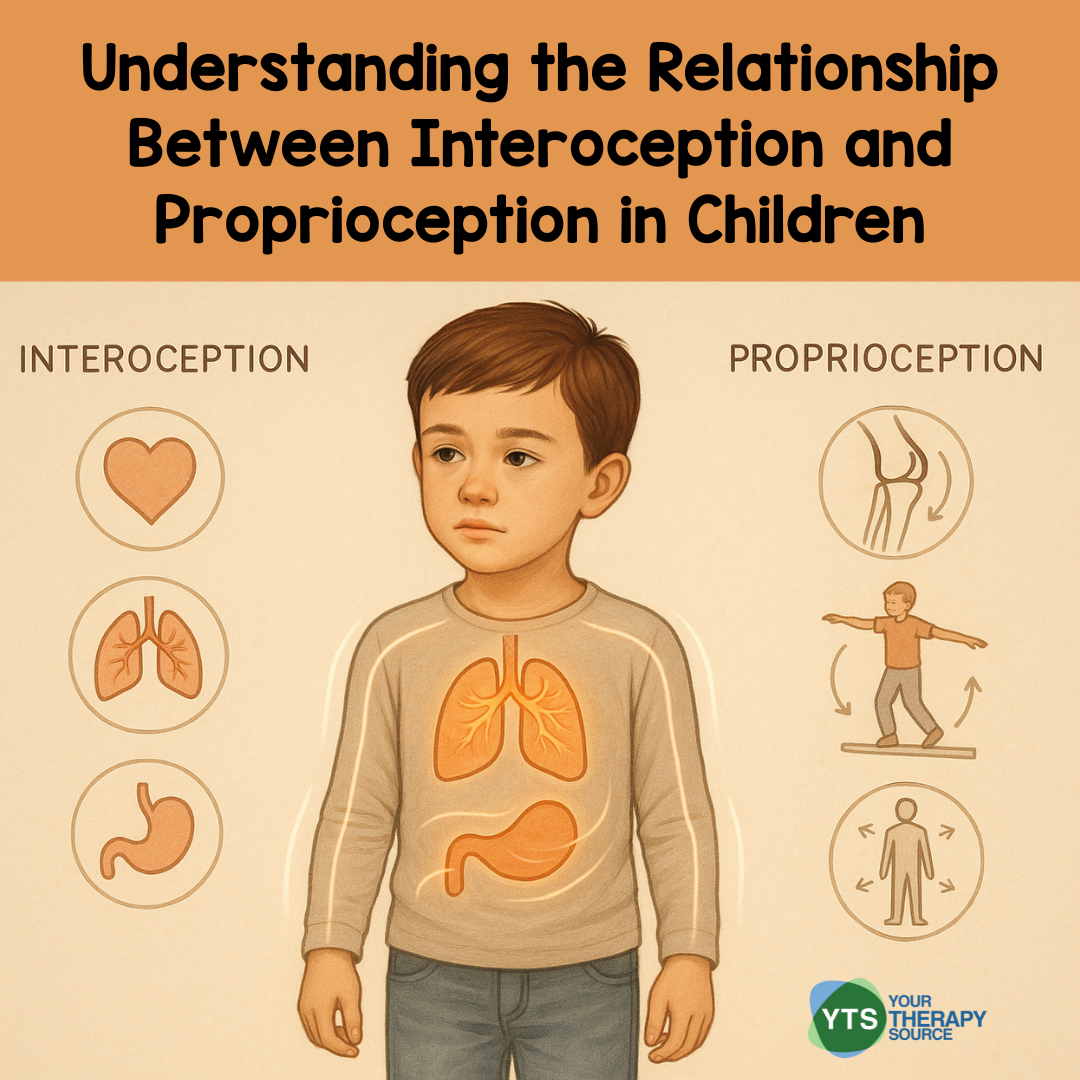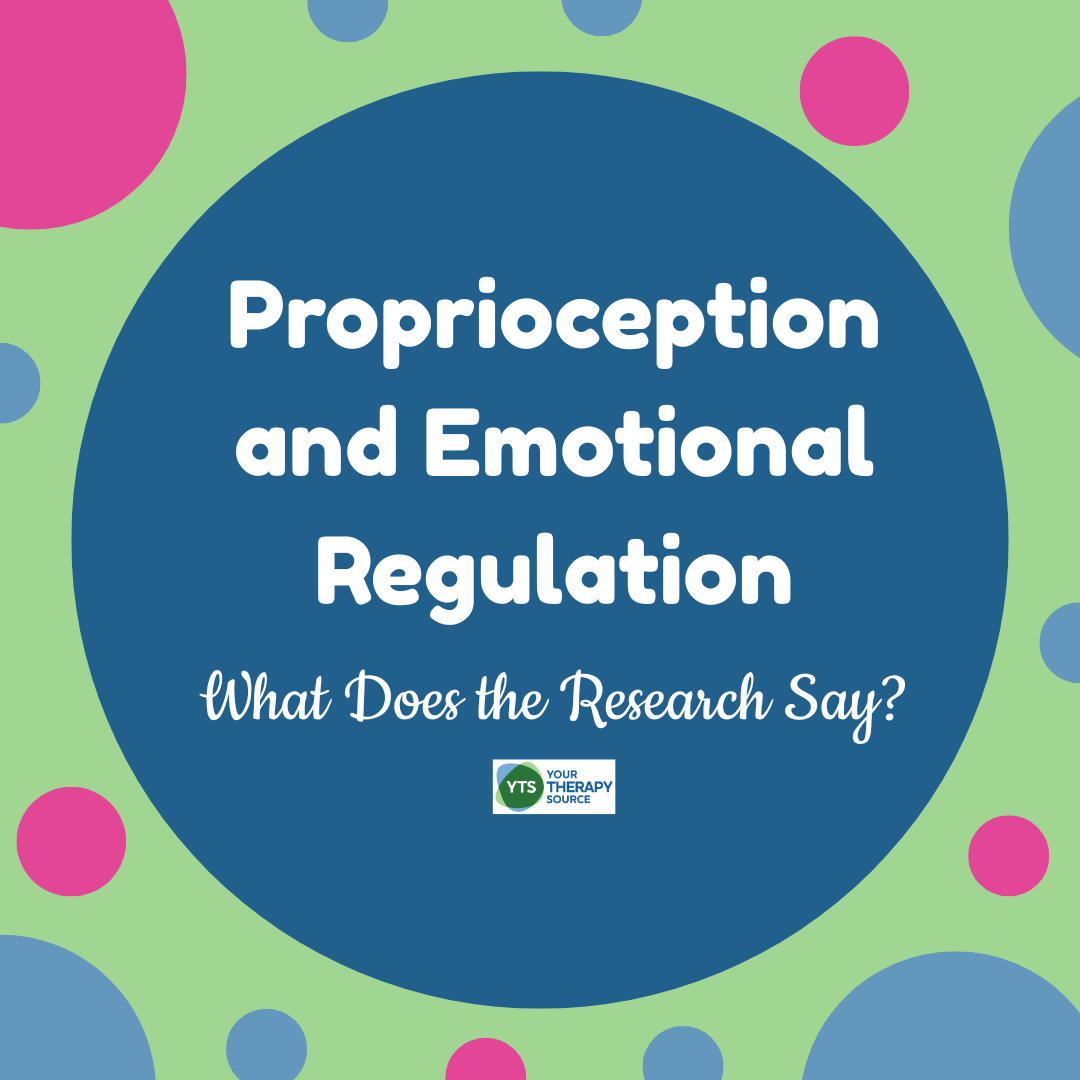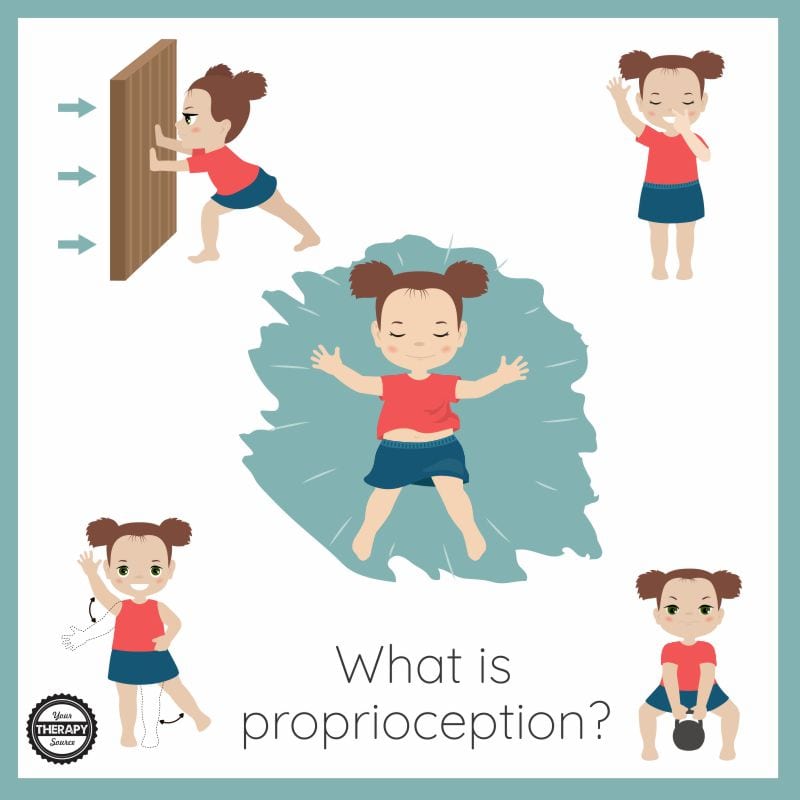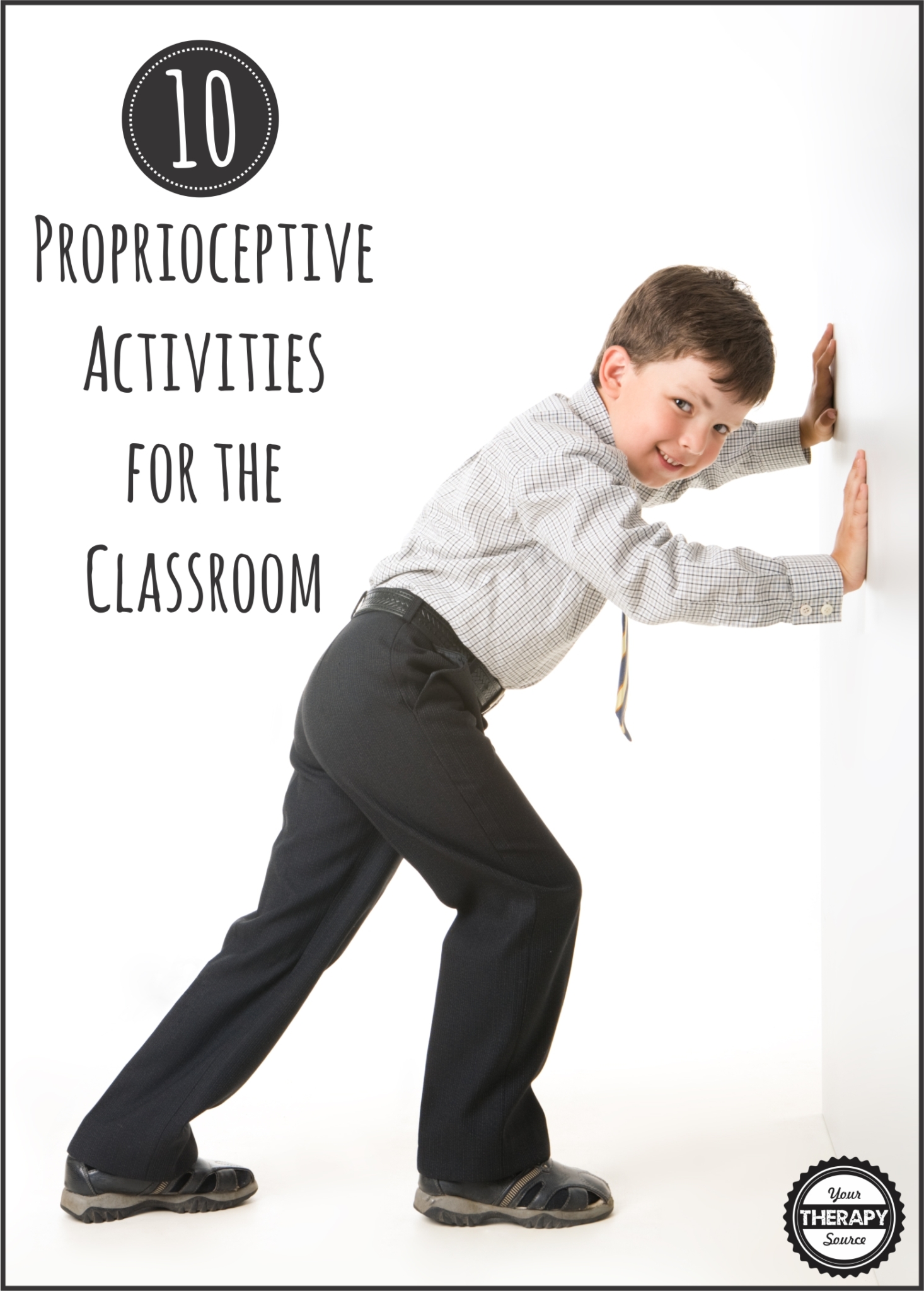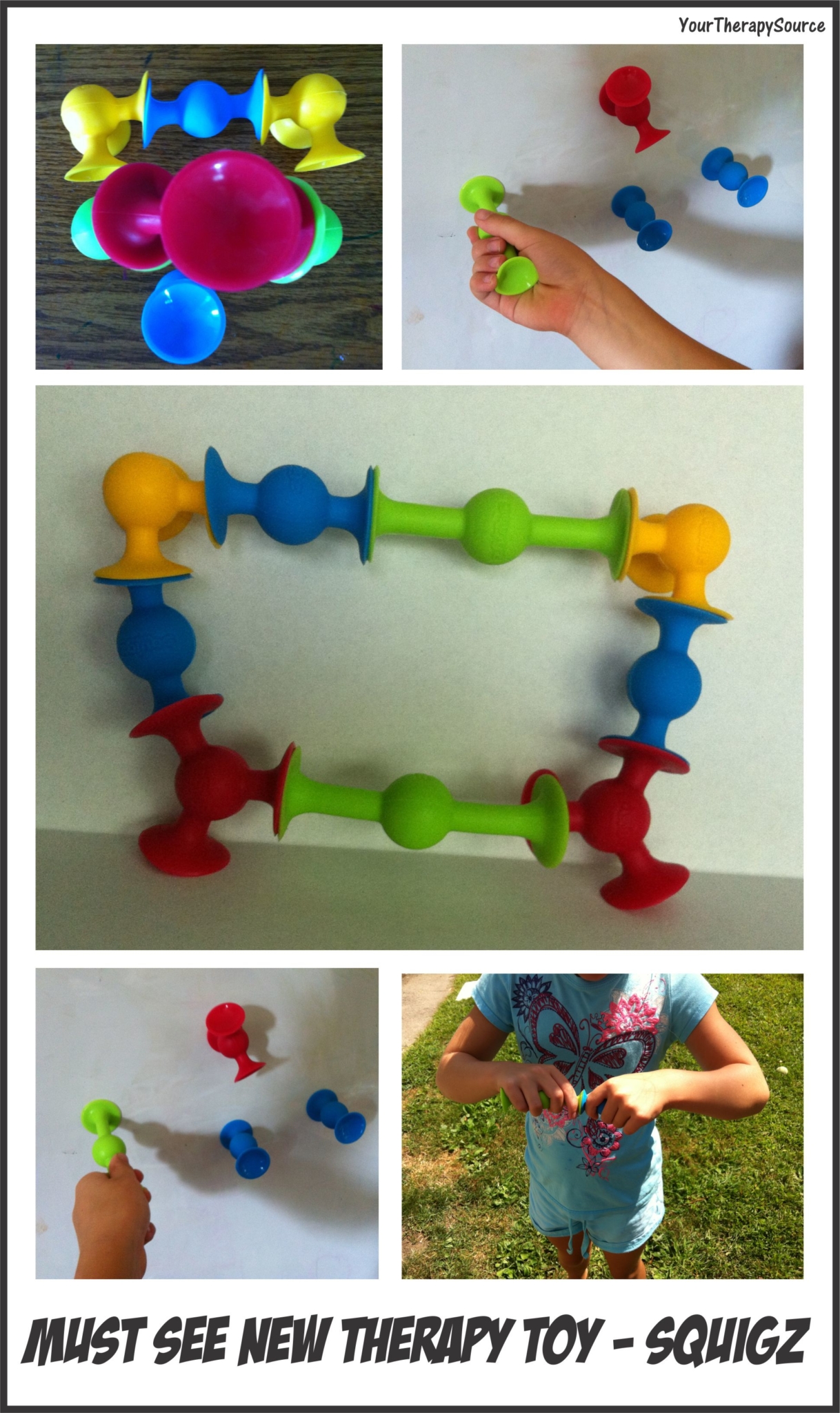Understanding the Relationship Between Interoception and Proprioception in Children
Children develop body awareness and emotional regulation through more than just sight, sound, and touch. Two lesser-known but essential sensory systems, interoception and proprioception, play a critical role in helping children navigate the physical and emotional demands of daily life. These systems influence how children move, how they manage their energy, and how they respond […]

